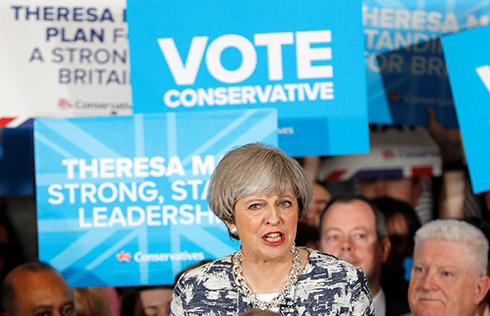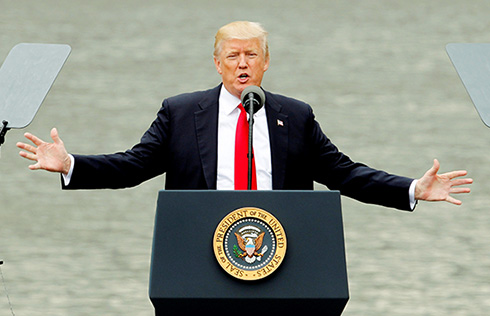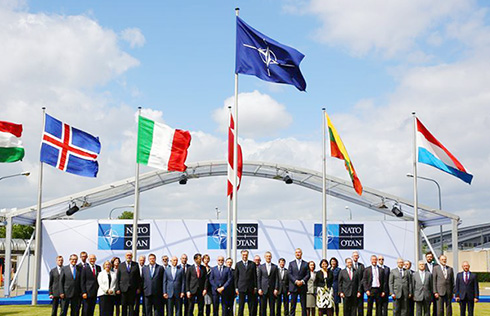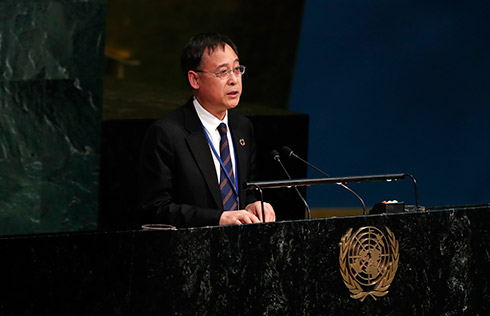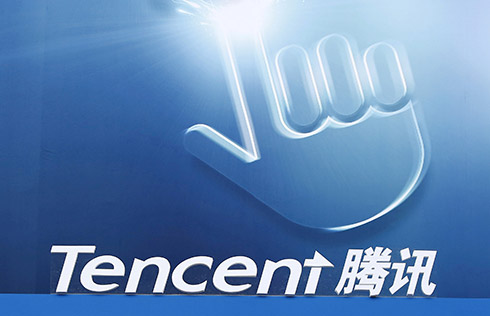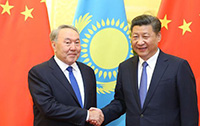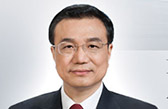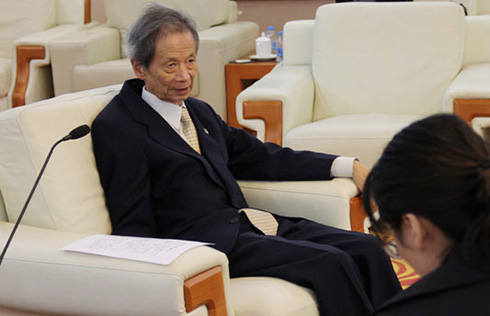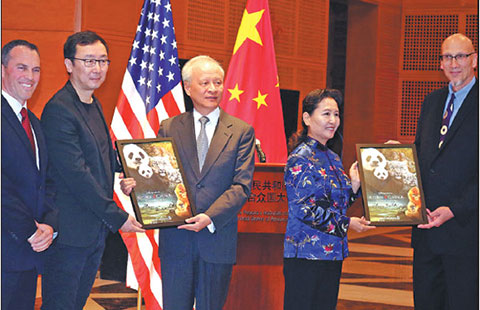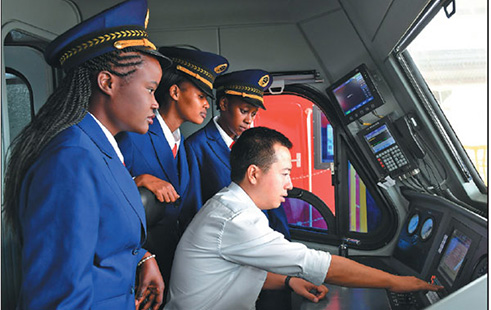Full text: Premier Li's keynote speech at the 6th China-CEEC Business Forum
Ladies and Gentlemen,
Now let me turn to the Chinese economy, a subject I know many business leaders are keen to learn more about. In recent years, despite serious challenges posed by a weak world economic recovery and the increasingly acute domestic imbalances that have built up over the years, we have managed to keep economic development within a reasonable range, outperformed most major economies in growth rate and achieved faster structural adjustment and upgrading. In the first nine months of this year, China's GDP grew by 6.7%, with better quality and efficiency. By and large, the economy remains on an upward trajectory on the basis of steady performance.
Let me give you some facts and figures: the supply of agricultural products is abundant; CPI remains basically stable; industrial growth, corporate profits, import and export, and investment have steadied and rebounded; consumption and the services sector are contributing more to economic growth. It is particularly worth noting that employment has kept steady in China. In the first three quarters, a total of 10.67 million new jobs were created in the cities, and the surveyed unemployment rate in 31 major cities dropped below 5% in September for the first time in years. For a major developing country with more than 1.3 billion people like China, it is never an easy task to ensure relatively sufficient employment, considering that each year, more than 7 million college graduates, over 5 million vocational school graduates plus several million rural migrant workers will be looking for jobs. The sound employment situation has laid a solid foundation for improving people's life and maintaining social stability.
The Chinese economy will be able to surmount all difficulties, keep steady growth and accelerate transformation. Where does our confidence come from? It comes from China's vigorous efforts to adapt to the economic new normal, pursue supply-side structural reform while appropriately expanding aggregate demand, and foster strong internal drivers of growth. To be specific, we have mainly taken the following steps. First, we explored innovative ways to conduct macroeconomic regulation. In the face of downward pressure, we did not resort to turning on the pumps out of a consideration for both short- and long-term interests. Instead, we took steps to stabilize and improve macroeconomic policies by creative application and optimizing of the tools kit. We endeavored to increase the robustness and efficiency of the proactive fiscal policy by giving priority to slashing taxes and fees to reduce burden on businesses, and strengthening weak links to shore up the sustainability of our economy. The debt ratio of the Chinese government is relatively low among the major economies. The figure for the central government is around 16%. This allows further room for the proactive fiscal policy.
As for the prudent monetary policy, we lay great emphasis on flexibility and moderation. We follow a policy approach that is neither too accommodative nor too tight. We set the target of keeping M2 growth around 13% and refrained from printing too much money. In late September, M2 grew by 11.5% year on year. At the same time, we used a variety of monetary policy tools to maintain reasonably adequate liquidity and make sure that monetary policies provide support to the real economy through smooth transmission.
Second, we are fostering new growth drivers through reform, opening-up and innovation. Thanks to our reform efforts to streamline administration, delegate power, strengthen regulation and improve services, combined with a nationwide campaign to implement an innovation-driven development strategy and promote mass entrepreneurship and innovation, new growth drivers are taking shape at a fast speed. Since last year, an average day would see over 40,000 new entities enter into the Chinese market, among which 12,000 would be newly registered businesses. The number increased to nearly 15,000 a day in the first three quarters of this year. New technologies, new industries, new forms and models of businesses are thriving.
As for traditional industries, we have adopted a two-pronged approach by transforming and upgrading some of them while phasing out outdated ones and working off excess capacity. In the first three quarters, we completed over 80% of the annual target for cutting steel and coal capacity, contributing to better balance between market supply and demand as well as improved corporate performance. The rapidly growing new drivers have played an important role in bolstering economic growth, structural improvement and job creation.
Third, we have taken active steps to defuse risks. Due to a mixture of both domestic and international challenges, some latent risks have now come to the fore. In response, we have taken a host of measures to promote steady growth, adjust structure and forestall risks. The risks now are basically under control and any regional or systemic risks remain unlikely. We are taking multiple measures to lower the leverage ratio of non-financial companies. These include advancing financial reform, actively yet steadily developing multi-tier capital markets, increasing the share of direct financing, and encouraging merger and acquisition deals.
This year has seen greater elasticity in the RMB exchange rate in both directions. Though basically stable, it has also been affected by volatility in the international financial market. We will be committed to the managed floating RMB exchange rate regime based on market supply and demand and in reference to a basket of currencies. The fundamentals of the Chinese economy provide no basis for sustained depreciation of the RMB. We have the ability to keep the RMB exchange rate basically stable at an adaptive and equilibrium level. For China, the biggest risk lies in stalling development. As long as the Chinese economy keeps steady and sound growth, the various risks we face will be gradually addressed along the way. Looking ahead, with its big potential, solid strength and ample room for maneuver, the Chinese economy is well-positioned to sustain medium-high rate of growth and move to medium-high level of development. We are fully confident about this.
The development of China presents opportunities to the whole world. With a total GDP worth more than US$10 trillion, a 6.7% growth adds to the Chinese economy what a 10% growth did five years ago, and China's economic increment for one year would be the GDP size of a medium-sized country. In the next five years, China is expected to import US$8 trillion worth of goods, take in US$600 billion of foreign investment, and make outbound investment worth US$720 billion and over 600 million overseas visits. The Chinese market is open and will only be more so. China's development will certainly bring enormous business opportunities to companies of all countries, including CEE countries.
Ladies and Gentlemen,
As a Latvian saying goes, "Stand still and you will be left behind." We in China have a similar saying, "Like a boat sailing upstream, you will slide back if you don't press forward." Let us join hands and work with common purpose to build a new model of partnership featuring openness, inclusiveness and win-win outcomes. Together, we will usher in an even brighter future for China-CEEC trade and economic cooperation.







